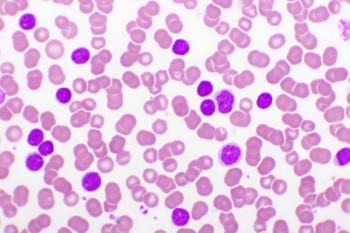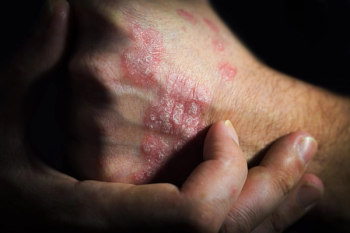
Investigators Examine Role of Neurodevelopmental Characteristics in Mediating Sleep Problems in Pediatric Epilepsy
Researchers examine the complexity of sleep problems in children with epilepsy and the possible connection between neurodevelopmental characteristics that impact quality of life.
Study findings suggest the impact of sleep on health-related quality of life (HRQOL) in children with
“A multifaceted approach was taken within this study, combining sleep, neurodevelopmental, and epilepsy research in the hope to better understand HRQOL in CWE,” wrote the researchers of the study. “The findings indicate that the perceived impact of sleep problems on HRQOL could be explained by NDCTs [neurodevelopmental conditions and traits], whereby sleep problems may behave as a marker of these characteristics rather than of the epilepsy.”
This comparative analysis study is published in
Between September 2019 and May 2021, the researchers enrolled 36 CWE from 2 hospitals who were aged 4 to 16 years. Eligibility criteria included having a confirmed diagnosis of epilepsy, absence of co-occurring intellectual disability, parents with sufficient levels of spoken English, and a minimum of 7 days and nights of actigraphy data on the child’s total sleep time, sleep onset latency (SOL), sleep efficiency, and wake after sleep onset.
Similarly, actigraphy data and sociodemographic information in 14 children without epilepsy (CWOE) were collected from a previous database of children and their families. These participants were asked to wear an Actiwatch, an actigraphy device used to track habitual sleep patterns, throughout a 14-day timeframe.
In addition to the actigraphy device, children’s sleep was tracked and measured using the Children’s Sleep Habits Questionnaire, consisting of 45 items to assess sleep habits in school-age children, as well as a sleep diary. Furthermore, neurodevelopmental, HRQOL, and seizure activity data were collected using a questionnaire, index, and scales to evaluate co-occurrences and epilepsy-specific factors.
After analysis, the researchers found a high proportion of CWE (78.13%) had significant sleep problems, which were significantly predictive of HRQOL, more so than seizure activity and the number of reported antiseizure medications.
Additionally, the researchers compared the mean (SD) actigraphy data between CWE and CWOE:
- Total sleep time (TST) in minutes: 506.23 (45.31) in CWE vs 504.86 (47.67) in CWOE (P = .92)
- SOL in minutes: 20.73 (18.29) vs 23.97 (18.83), respectively (P = .42)
- Wake after sleep onset in minutes: 60.20 (29.19) vs 55.64 (16.41) (P = .89)
- Sleep efficiency in CWE: 83.81% (4.67%) vs 77.06% (21.48%) (P = .20)
Sleep problems were no longer significantly predicative of HRQOL after factoring in neurodevelopmental characteristics. Furthermore, variability in SOL produced a similar effect, but only for ADHD, whereas autism and variability in SOL continued to have an affect on HRQOL.
The researchers acknowledge some limitations to the study, including a small sample size, potential misinterpretation of actigraphy readings regarding the length of time it took for an individual to fall asleep, and patient bias or skewed memory recall.
Despite these limitations, the researchers believe the study was able to capture the complex relationship between sleep problems in CWE and neurodevelopmental characteristics. Additionally, they advocate for further research to evaluate how HRQOL in CWE might change in development regarding sleep problems and neurodevelopmental characteristics.
“Future studies would benefit from larger samples to address the question of the role of etiology vs syndrome in unpacking the relationship between epilepsy and sleep,” wrote the researchers. “Clinically, the findings also point towards the need to screen for co-occurrences including sleep problems and neurodevelopmental characteristics as part of the epilepsy assessment process, in order to provide the most appropriate support for parents and children as early as possible.”
Reference
Winsor AA, Richards C, Seri S, Liew A, Bagshaw AP. The contribution of sleep and co-occurring neurodevelopmental conditions to quality of life in children with epilepsy. Epilepsy Research. 2023;194:107188. doi:10.1016/j.eplepsyres.2023.107188
Newsletter
Stay ahead of policy, cost, and value—subscribe to AJMC for expert insights at the intersection of clinical care and health economics.












































